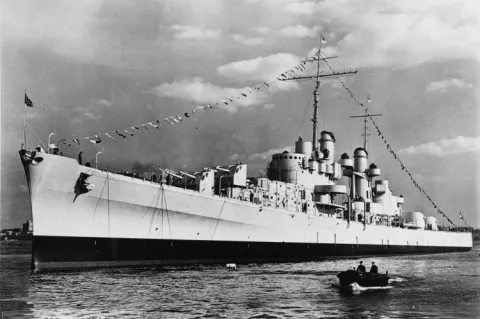Denmark's Wrecks: A Selection from WWII back to the Age of Sail
The seas around Denmark have seen thousands of shipwrecks from ancient times until today. We take a look at a selection of wrecks from WWII minesweepers to WWI Battle of Jutland armoured cruisers to Age of Sail vessels with cannons.











